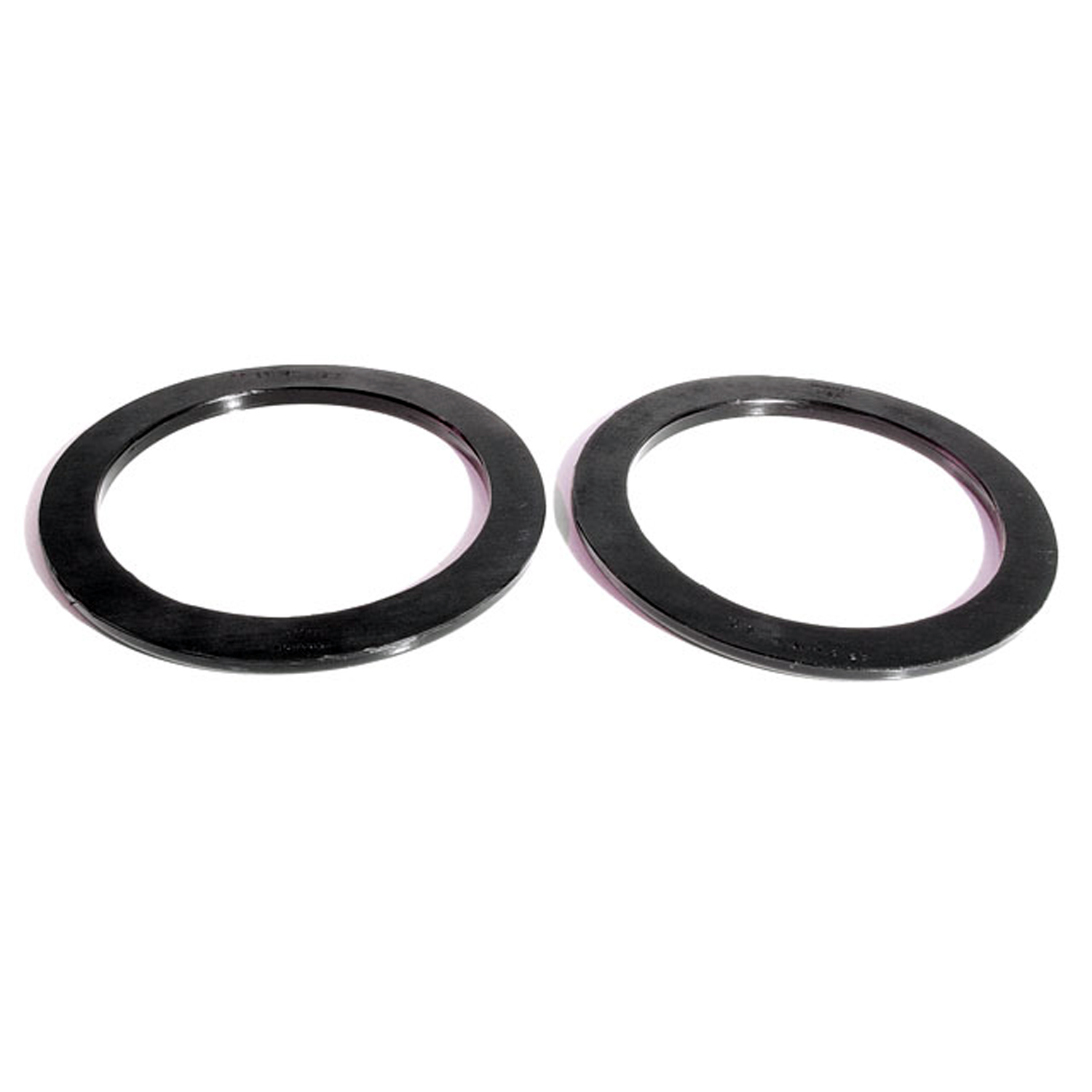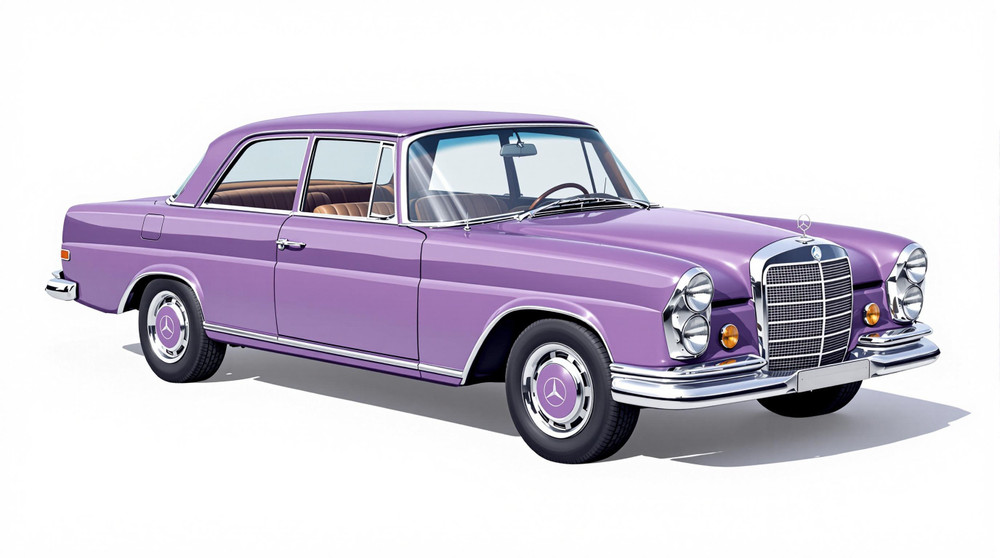Image of 1963 Mercedes-Benz 180, Note: These illustrations use artistic license and may differ from actual historical models.
Performance Metrics
Fundamental Metrics
Emotional Appeal
MMP Rating
| Engine Specifications | |
|---|---|
| Engine: | Inline 4 |
| Displacement: | 1.8L |
| Horsepower: | Estimated 52-75 hp |
| Torque: | 101 lb-ft |
| Compression Ratio: | Estimated 7.6:1 |
| Ignition System: | Distributor ignition system |
| Cooling System: | Liquid cooled |
| Performance Specifications | |
| 0-60 Time: | Estimated 20 seconds |
| 1/4 Mile Time: | Not available |
| Top Speed: | 80 mph |
| Transmission and Drive | |
| Drive Type: | Rear wheel drive |
| Transmission Type: | 4-speed manual |
| Fuel and Efficiency | |
| Fuel System Type: | Carburetor |
| MPG: | Estimated 20-25 mpg |
| Dimensions and Brakes | |
| Brakes: | Drum brakes |
| Wheelbase: | 106.3 inches |
| Weight: | Estimated 2,800 lbs |
Note: Specifications for classic cars are given to the best of our ability, considering the limited and variant data available.
Introduction
The 1963 Mercedes-Benz 180 is a testament to the enduring legacy of German engineering and luxury. Born from the storied assembly lines of Mercedes-Benz, this model is a member of the W120 series, which marked a significant chapter in the automaker's post-war era. The 180, with its blend of elegance and practicality, became a symbol of recovery and prosperity in the 1960s. A notable moment in its history was its role as a preferred choice for taxi drivers across Europe, showcasing its reliability and durability.
Design and Innovation
With its poised silhouette and chrome accents, the Mercedes-Benz 180 exudes a classic charm that is both understated and commanding. The vehicle's exterior styling features the iconic front grille with the unmistakable Mercedes star perched atop, flanked by rounded headlights that add to its dignified presence. Inside, occupants are greeted with a cabin crafted from high-quality materials, including leather upholstery and polished wood trim that were hallmarks of luxury at the time.
The 180 was not just about looks; it also boasted technological advancements such as unitary body construction, which improved rigidity while reducing weight. Available color options ranged from traditional blacks and silvers to more adventurous blues and greens, with many opting for the stately dark hues. The sedan body style was the most popular among buyers, offering both comfort and functionality.
Historical Significance
The Mercedes-Benz 180 set itself apart with a focus on safety and comfort, influencing automotive design for years to come. Its ponton body style eliminated running boards and integrated fenders into the body, which was innovative at the time. This design language not only enhanced aesthetics but also contributed to better aerodynamics and passenger protection.
Performance and Handling
Under the hood, the 1963 Mercedes-Benz 180 was powered by an efficient four-cylinder engine that delivered smooth performance. While not built for speed with modest top speeds around 80 mph, it offered respectable acceleration for its era. The car's handling characteristics were praised for their precision and stability, making it well-suited for long drives on various road conditions. Drivers often noted the reassuring hum of its engine and the solid feel of its ride—a hallmark of Mercedes-Benz quality.
Ownership Experience
The 180 served many roles from a dependable daily driver to an esteemed show car. Its robust construction meant that maintenance was straightforward, endearing it to owners who valued reliability over flashiness. Parts were generally accessible, contributing to ease of repair.
Fun Facts
This classic Mercedes has been seen in numerous films and owned by various celebrities over time, adding to its allure. Although not known for breaking speed records, it held records of endurance in terms of longevity on the road. Common criticisms often centered around its conservative performance capabilities compared to some sportier contemporaries.
Collector's Information
The current value range for a well-maintained 1963 Mercedes-Benz 180 can vary greatly depending on condition, mileage, and provenance but typically ranges from $10,000 to $30,000 or more for pristine examples. While production numbers were substantial due to its popularity, finding one in excellent condition can be challenging. Over time, these vehicles have generally appreciated in value as they've become more sought after by collectors seeking a piece of automotive history.
Conclusion
The 1963 Mercedes-Benz 180 remains an iconic classic that captures the spirit of an era when cars were built with pride and craftsmanship. Its blend of style, innovation, and durability ensures that it continues to be celebrated by enthusiasts around the world. Whether admired on a show field or enjoyed on the open road, this timeless classic continues to turn heads and stir hearts.
1963 Mercedes-Benz 180 Catalog of Parts
 1963 Mercedes-Benz 180 Coil Spring Pads. 4" I.D., 5-1/2" O.D. Pair-RP 23-MCoil Spring Pads. 4" I.D., 5-1/2" O.D. Pair
1963 Mercedes-Benz 180 Coil Spring Pads. 4" I.D., 5-1/2" O.D. Pair-RP 23-MCoil Spring Pads. 4" I.D., 5-1/2" O.D. Pair 1963 Mercedes-Benz 180 Flexible glass-run channel. Rubber covered and pile lined-WC 12-96Flexible glass-run channel. Rubber covered and pile lined. Unbeaded. 96 in. long. Each. NOTE: $20 special shipping charge applies for domestic orders. Call or email for overseas shipping costs. Part can be sectioned in two or three equal lengths to reduce overseas shipping costs.
1963 Mercedes-Benz 180 Flexible glass-run channel. Rubber covered and pile lined-WC 12-96Flexible glass-run channel. Rubber covered and pile lined. Unbeaded. 96 in. long. Each. NOTE: $20 special shipping charge applies for domestic orders. Call or email for overseas shipping costs. Part can be sectioned in two or three equal lengths to reduce overseas shipping costs.Why Choose Metro?
For over 100 years, Metro Moulded Parts has been the pinnacle of quality in classic car restoration parts. Our commitment to precision and authenticity in every component ensures a perfect fit and an OEM-level appearance.
- Expert Craftsmanship & Quality: Each part is a testament to our dedication to reliability and perfection, crafted from original designs and thoroughly tested.
- Advanced Technology: We use cutting-edge techniques to create flawless, long-lasting parts that surpass others in performance.
- SuperSoft Sponge – The Ultimate Door Seal: Not only are our door seals 30% softer than competitors', but they're also guaranteed to never leak. They effectively reduce wind and road noise, enhancing your classic car's comfort and driving experience.
- Proudly American: Our parts are a product of American craftsmanship, made in the USA with a spirit of excellence and heritage.
- Unrivaled Warranty: We back our products with a 30-year industry-leading warranty, a testament to our confidence in their quality.
Join us in preserving the legacy of classic cars with parts that are crafted for perfection, not just made.

